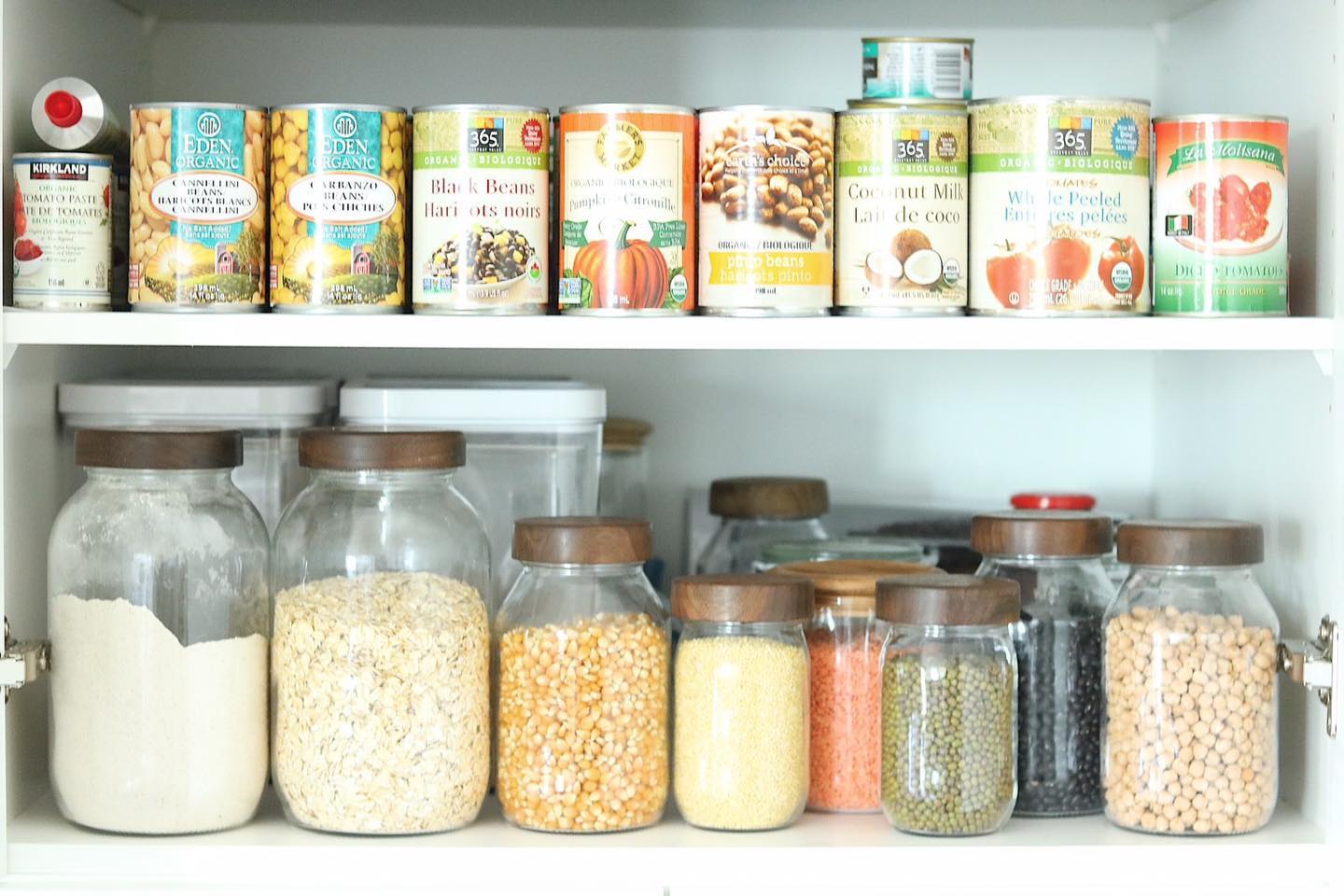The Health Benefits of Fresh Herbs


They are full of nutrients, very affordable, last a long time, and can be prepared in so many ways.
Legumes are a pantry staple at my house. In the cold winter months, I like using beans in hearty soups and stews; and in the summer, chickpeas play a star role in my veggie burgers and fresh salads.
Over the years, I’ve noticed that many people are hesitant to buy dry beans and cook them at home; but I guarantee you cooking your own beans is so easy and worth it. Not only are dry beans more cost effective, the flavour and texture are so much better than the pre-cooked, canned options.
Before cooking my beans, I always make sure to soak them first. There are several benefits to soaking including less cooking time, and a plumper bean that cooks more evenly, but the biggest benefit is that soaking helps to reduce the amount of phytic acid in the beans.
Phytic acid is the main source of stored phosphorus in all plant seeds. It impairs the absorption of certain nutrients, like iron, zinc, and calcium. So sometimes it is called an anti-nutrient. By soaking beans before cooking, the amount of phytic acid is reduced, helping to increase the body’s ability to absorb nutrients.
To soak dry beans, simply place them in a bowl with a lid and cover with cool water. Leave them overnight on the countertop. The next day, drain, rinse and boil the beans for about one to three hours, depending on their size. Any extra beans can be frozen. Lentils can be pre-soaked also but require much less cooking time.
Their flavour is mild, and their texture is creamy which makes them perfect for dips like hummus, veggie burgers, stews, and toasted as a snack on their own. They are also full of fibre and protein, and rich in nutrients like iron and folate.
They are often used in Mexican dishes like burritos, taco bowls, soups, and spiced rice and beans. By pairing beans with rice, the nutrients compliment each other creating a complete protein.
Red lentils cook very quickly and are a great addition to soups and curries. Brown and green lentils take a little longer to cook, and thanks to their meaty texture make a great vegetarian meat alternative. They can be used to make meatless bolognese sauce, as well as Indian daals, and hearty lentil salads.
They require very little cooking and can be boiled, steamed, or sautéed in minutes. Pease play a staring role in my Fresh Spring Pea Soup, and make a great addition to my weeknight skillet paella.
Regardless of their exterior colour differences, their texture is creamy and buttery. They are extremely versatile and work well in soups, pastas, chilis, bean burgers, and salads.
These beans are perfect for dishes like chilis, stews, baked beans, and Mexican dishes like refried beans and burritos.
Legumes are full of fibre, packed with protein, and a nutrient powerhouse. Thanks to their versatility and affordability, they are a family favourite all over the world.
xo, Karlene